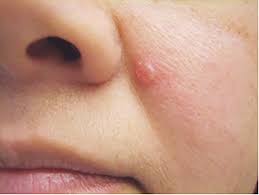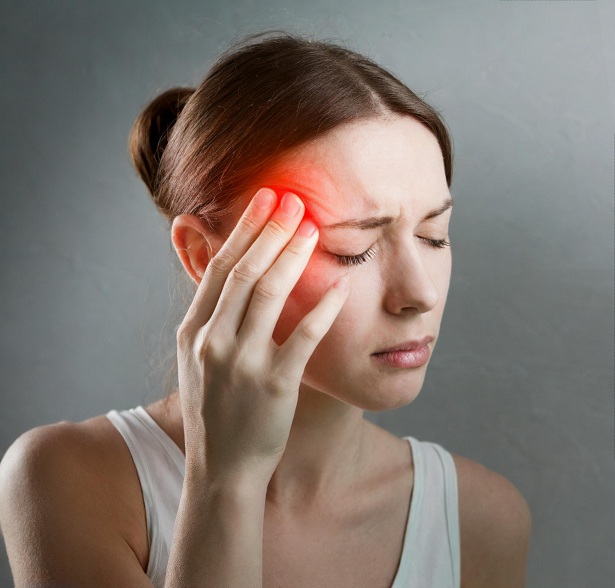Expert advice on how to stay sun smart this summer to avoid skin cancer.
The Canadian Dermatology Association (CDA) encourages Canadians to understand how to protect themselves from the sun’s dangerous UV radiation, which can cause skin cancer.
Because skin cancer is the most frequent type of cancer and is easily prevented and detectable, learning self-skin inspections and practicing sun-safe behaviors should be a priority.” According to Sunil Kalia, national chair of the CDA Sun Awareness Working Group and associate professor at the University of British Columbia.
Canada recently spoke with experts about preventing skin cancer and UV damage as the summer months approach.
Frequent Types of Skin Cancer
Basal cell carcinoma, squamous cell carcinoma, and melanoma are the most frequent types of skin cancer, according to Monica Li, a dermatologist in Vancouver.
According to Li, both carcinomas are detected in the head and neck region. Basal cell carcinoma is the least dangerous of the three, although it can spread to the bones and tissue if left untreated. Furthermore, squamous cell carcinoma can spread to the lymph nodes and other parts of the body.
Melanoma
Melanoma is the most dangerous sort of skin cancer, according to Li, because it can travel to your lungs, bones, and liver. “It can be fatal in a matter of seconds.”
As part of the first “Check Your Skin Day,” the CDA released guidelines on how to correctly do a self-skin checkup on its website and TikTok account earlier this month.
The CDA recommends inspecting your body from head to toe (yes, even in between the toe cracks) in a full-length mirror in a well-lit room for any abnormal areas or moles. Use a second mirror to reflect any spots that aren’t visible when inspecting your back.
Li also suggests following the “ABCDEs of Melanoma,” a popular guideline.
The letter A stands for asymmetry, which according to Li is a sign that your mole should be inspected by a professional.
“The B,” Li continues, “notes that a place is jagged or asymmetrical rather than spherical or well-defined.”
The C stands for “color variation,” which refers to the different colors that can be found within a single location. It’s not all dark or light brown, for example, but there are flecks of blue, black, or red.
The letter D stands for “diameter,” and anything larger than six centimeters should be avoided.
Of course, there are things that are benign that are larger than six millimeters and things that are sinister that are smaller than six millimeters, but that’s usually the figure we use,” Li explains.
Finally, because physicians only observe their patients at a snapshot in time, the E, which stands for “evolution” or “change,” is best decided by the person.
She explains, “They live in their skin.” “If a person notices a change in shape or symptoms, such as a beauty mark that wasn’t itchy, bumpy, or bled previously but is now itchy, bumpy, or bleeds, and it’s painful, they should contact a family physician or dermatologist.”
If your family has a history of skin cancer, you should check your skin every few months or go to the doctor more frequently.
People with paler skin tones, or “less richly pigmented skin,” are also at a higher risk than those with naturally darker features, according to Li.
“Having said that, there’s a common misconception, even among physicians, that people with darker skin have inherent sun protection,” she explains. “Unfortunately, skin cancer detection can be delayed in more vividly pigmented individuals, and it’s frequently at a later stage.”
Many people desire to tan as summer approaches, but Li advises that “there is no such thing as a safe and healthy tan.” It is an indication of solar damage when the skin becomes darker in color.
“You might think of the skin as having a memory for UV damage,” she explains, implying that while one tan does not equal skin cancer, the risk grows with each subsequent tan.
Li suggests getting an artificial spray tan or utilizing a tanning lotion as an alternative to tanning beds because of the direct and concentrated UV light exposure.
When it comes to sunscreen, the CDA recommends using one with a sun protection factor (SPF) of at least 30. Chemical sunscreens and physical (also known as mineral) sunscreens are also available.
Chemical sunscreens, according to Li, use chemical filters to convert UV energy to infrared radiation, which turns it into heat and protects the skin beneath. Mineral filters including zinc oxide, titanium dioxide, and iron oxide are used in physical sunscreens.
“I would advocate using a mineral [sunscreen] if someone has more sensitive skin or is concerned about environmental damage,” Li explains.
Other methods of UV protection include wearing protective gear, such as a hat and sunglasses, and seeking shade whenever available.
“Avoid direct sun exposure during peak hours where UV or ultraviolet rays are most intense,” she adds, referring to the hours between 11 a.m. and 3 p.m.
Click here for more information.
Author Muhammad Asim
 Shalkot The Innovators
Shalkot The Innovators




